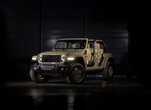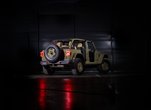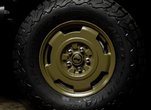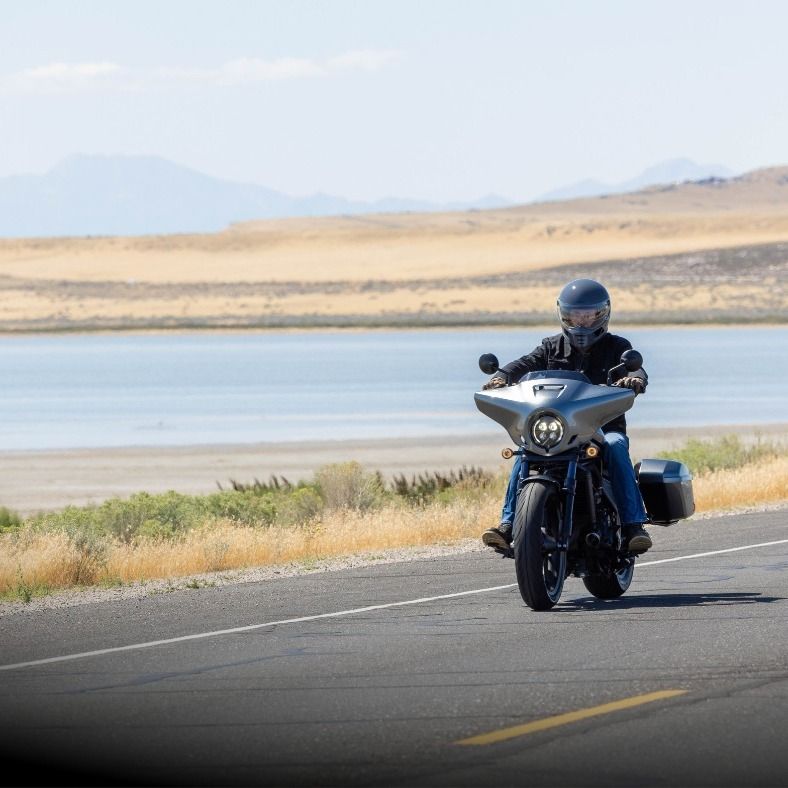5 Highlights From The 2025 Jeep Wrangler 4xe Willys '41 Special Edition
February 21 2025, Centennial Chrysler
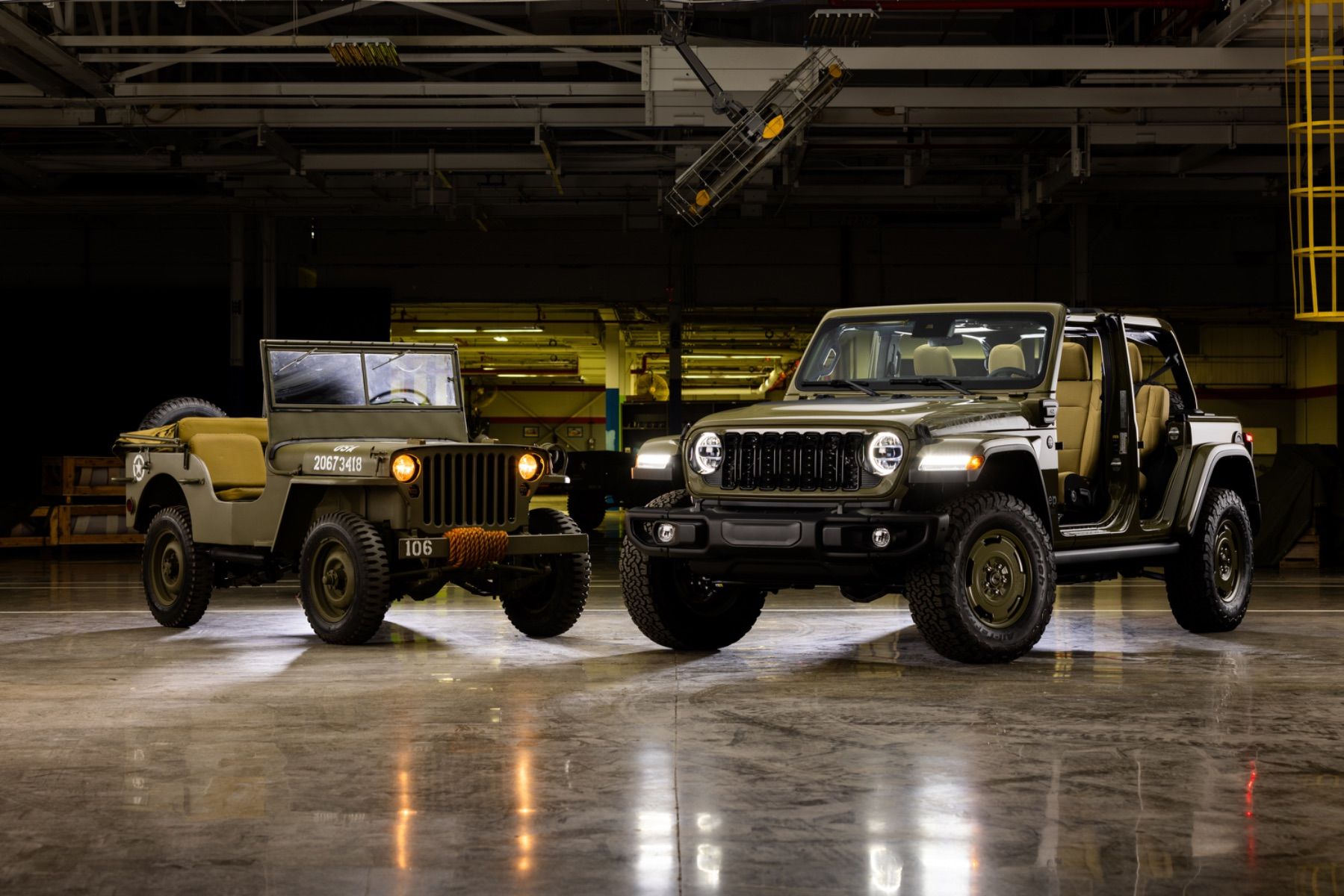
In July 1940, the U.S. military went in search of an light reconnaissance vehicle and invited 135 automakers to bid on production. The Army outlined strict specifications, requiring a 600-pound load capacity, a wheelbase under 75 inches, a height below 36 inches, a smooth-running engine capable of 50 miles per hour, a rectangular body, four-wheel drive, a fold-down windshield, three bucket seats, and a total weight under 1,300 pounds.
Three companies, including Willys-Overland – Jeep’s predecessor – responded to the challenge. In record time, they produced prototypes for testing, which the Army received in November 1940 at Camp Holabird, Maryland. While all three exceeded the initial 1,300-pound weight limit, the Army soon realized this restriction was impractical and raised it for the next round of development.
By March 1941, Willys-Overland was awarded a contract to build 1,500 units of its "Quad" model. Further testing and refinements led to the selection of the Willys vehicle as the Army’s standard. On July 15, 1941, an official production contract was signed.
With continued improvements, the Willys Quad evolved into the MA and later the MB. However, the Army – and the world – came to know it simply as the Jeep. The origin of the name remains debated: some believe it derived from the slurred pronunciation of "GP," the military term for "general purpose," while others link it to Eugene the Jeep, a character from the Popeye comic strip. Regardless of its roots, the name became an enduring part of American culture.
Between October 1941 and August 1945, Willys-Overland produced nearly 360,000 Jeeps at its Toledo, Ohio, plant. (The Jeep is still built in Toledo, eight decades later.) The vehicle’s rugged versatility was legendary. War correspondent Ernie Pyle famously wrote, "It did everything. It went everywhere. It was as faithful as a dog, as strong as a mule, and as agile as a goat. It constantly carried twice what it was designed for and still kept going."
Willys-Overland trademarked the Jeep name and launched its first civilian model, the CJ-2A, before the war was over, laying the foundation for one of the most iconic vehicle brands in history.
The 2025 Jeep Wrangler 4xe Willys '41 Special Edition is bigger than the original, of course, and rather more capable. Here are our five favourite highlights.
#1: PHEV
The '25 Willys Jeep is a plug-in hybrid, meaning there's plenty of smooth, quiet, electric-only driving range on offer before the internal combustion engine kicks in. There's no range anxiety here, just the ability to commute back and forth to work – or secretly negotiate the backcountry – in electric silence for roughly 34 kilometres. The original Willys was forward-thinking in its time; the 2025 Willys is no different.

#2: PAINT
Jeep calls this shade "military olive drab-inspired '41 paint," and it's quite likely the Jeepiest colour ever seen on a Jeep. It's perfect.
#3: WHEELS & TIRES
These are Willys-specific 17-inch wheels wrapped in 33-inch all-terrain rubber.

#4: THE SEATS
You expect a Willys to be distinct on the outside. But on the inside, this new 2025 '41 Special Edition is fitted with tan heritage cloth seats and an olive drab fabric dashboard. You won't mistake it for any other Jeep.
#5: THE REMINDERS
Just in case you forget what you purchased, the Special Edition Willys is ready to remind you with light blue stenciling on the side of the hood, a black hood decal, and even a little reminder on the shifter.


